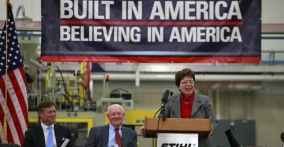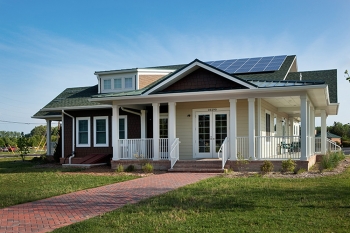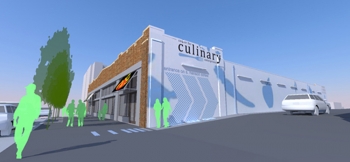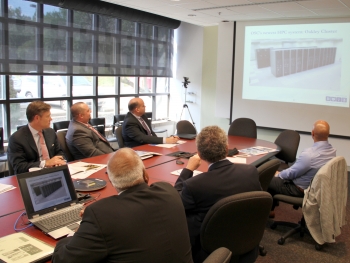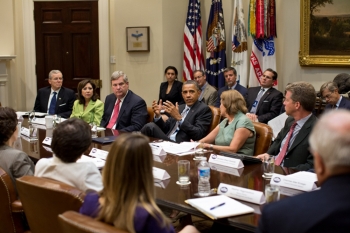With EDA Assistance, Communities Have a New, Resource-Rich Tool to Help Them Recover from Disasters
Guest blog post by Matt Erskine, Acting Assistant Secretary of Commerce for Economic Development
To coincide with National Preparedness Month, the International Economic Development Council (IEDC) has just launched the newly redesigned RestoreYourEconomy.org website.
Developed with funding from the U.S. Economic Development Administration (EDA), the website is a one-stop resource for economic development organizations and chambers of commerce seeking to assist businesses after a disaster, rebuild their local economy, and encourage resiliency among local businesses and government.
Since it was first established, EDA has played an important role in helping communities across the country recover from disasters by assisting them in reestablishing their local economies and implementing long-term economic recovery efforts. Earlier this year, EDA announced the availability of $200 million to help communities that received a major disaster designation in fiscal year 2011 with long-term economic recovery and infrastructure support. Within the context of the administration’s National Disaster Recovery Framework (NDRF), EDA serves as the Coordinating Agency on behalf of the Department of Commerce for the Economic Recovery Support Function (RSF) to coordinate the activities of a diverse group of partner agencies supporting recovery in disaster-impacted communities. The activities consist primarily of improved information sharing and leveraging existing resources to make a positive impact for communities affected by disasters.



